Scientists Amazed by Three Crystal-Filled Dinosaur Eggs Belonging to an Unknown Species
Deep in the Qianshan Basin of East China, paleontologists found three incredible dinosaur eggs filled with crystals. The eggs themselves are wildly exciting, but what has really amazed scientists is that they once held the embryos of a dinosaur they’ve never seen before.
Thanks to extensive research, paleontologists believe they know a little more about these mysterious dinosaurs, and their discovery is extremely interesting to the entire paleontology community and people everywhere.
The Qianshan Basin of East China
The beautiful Qianshan Basin in East China’s Anhui Province is well-known for its majestic natural landscapes and rich archeological history.

Source: Wikipedia
Thanks to the layers of ash and mud that covered the ground some 60 million years ago, the basin has long offered paleontologists and historians from around the world some of the most well-preserved fossils from the Cretaceous to early Paleocene period.
Only a Few Dinosaur Fossils Have Been Found at the Qianshan Basin
Although the fossils found within the Qianshan Basin are often almost perfectly preserved, only a few dinosaur remains have been found there.
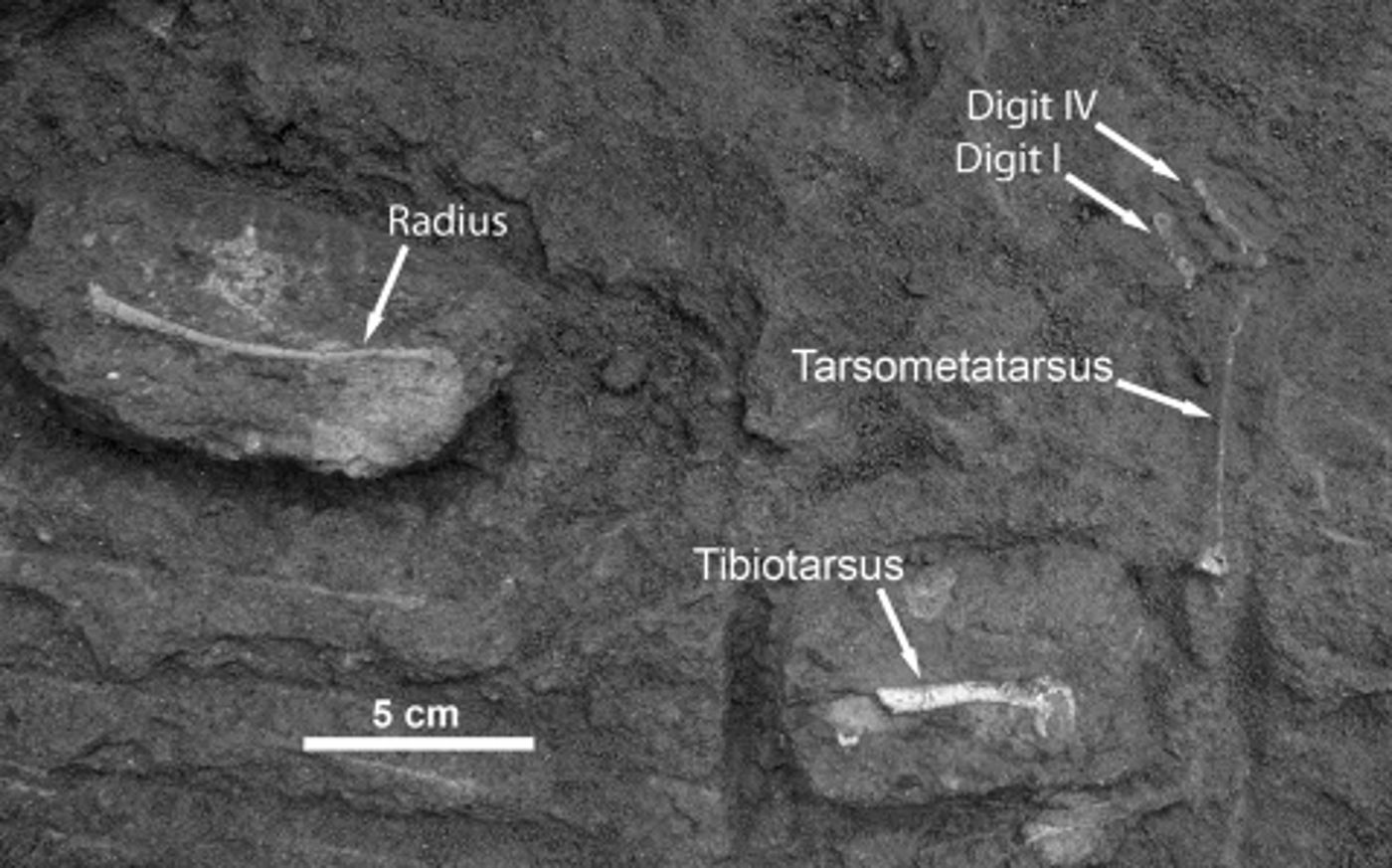
Source: ResearchGate
Generally, the fossils in the basin belong to ancient plants, mammals, reptiles, and birds. However, the most recent finding is unquestionably among the most exciting in the Qianshan Basin’s rich history.
Finding Three Crystallized Dinosaur Eggs
Chinese paleontologists working in the basin recently announced that they found three incredible dinosaur eggs along the highway in the cretaceous strata of the Qianshan Basin.
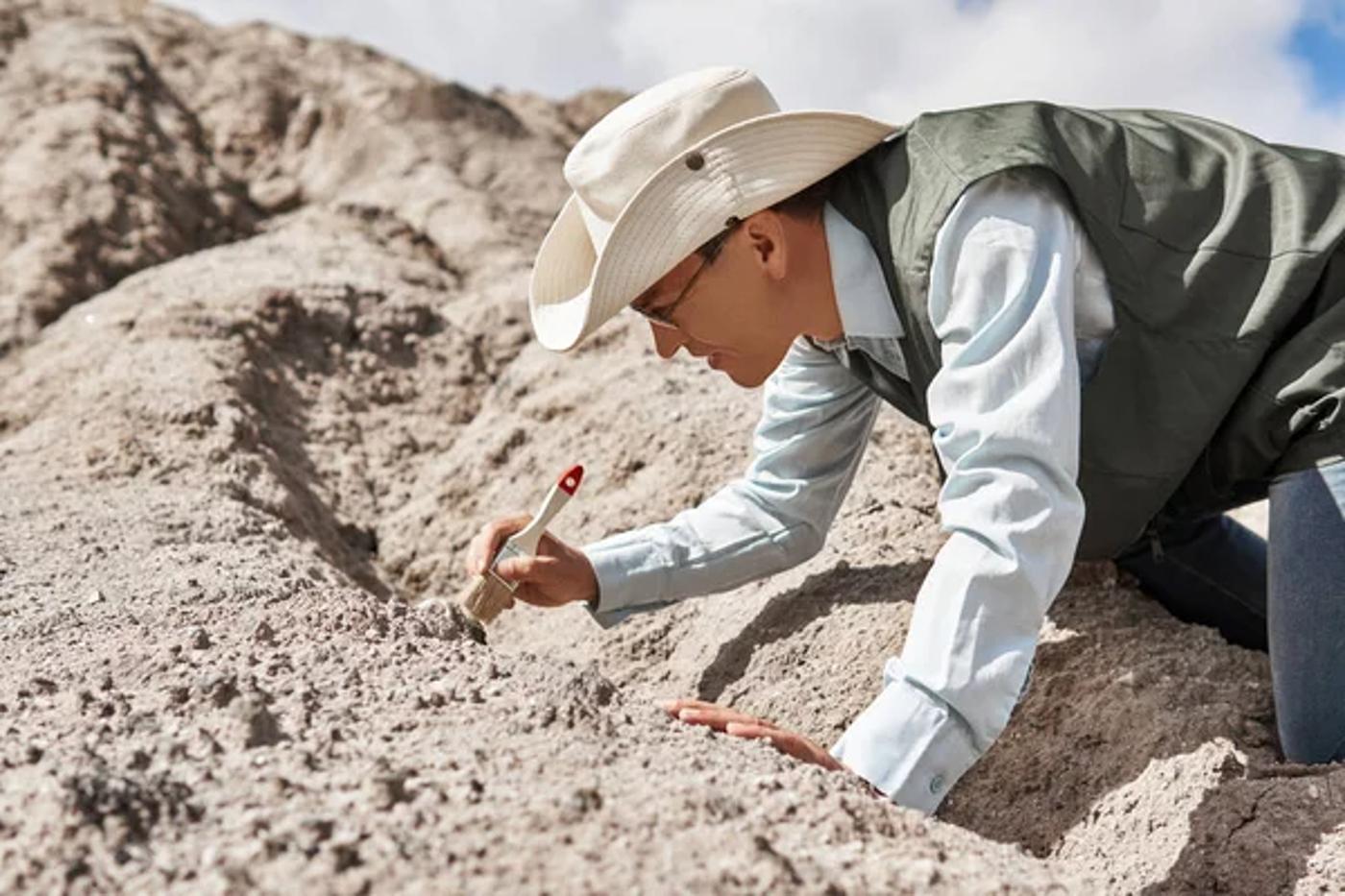
Source: Depositphotos
They were certainly surprised to find the eggs, but then the paleontologists noticed something especially interesting about them: they were filled with clusters of crystals.
Investigating the Dinosaur Eggs
Sadly, one egg didn’t make it out of the soil, but they effectively removed the other two and immediately transported them to safety before beginning their investigation.
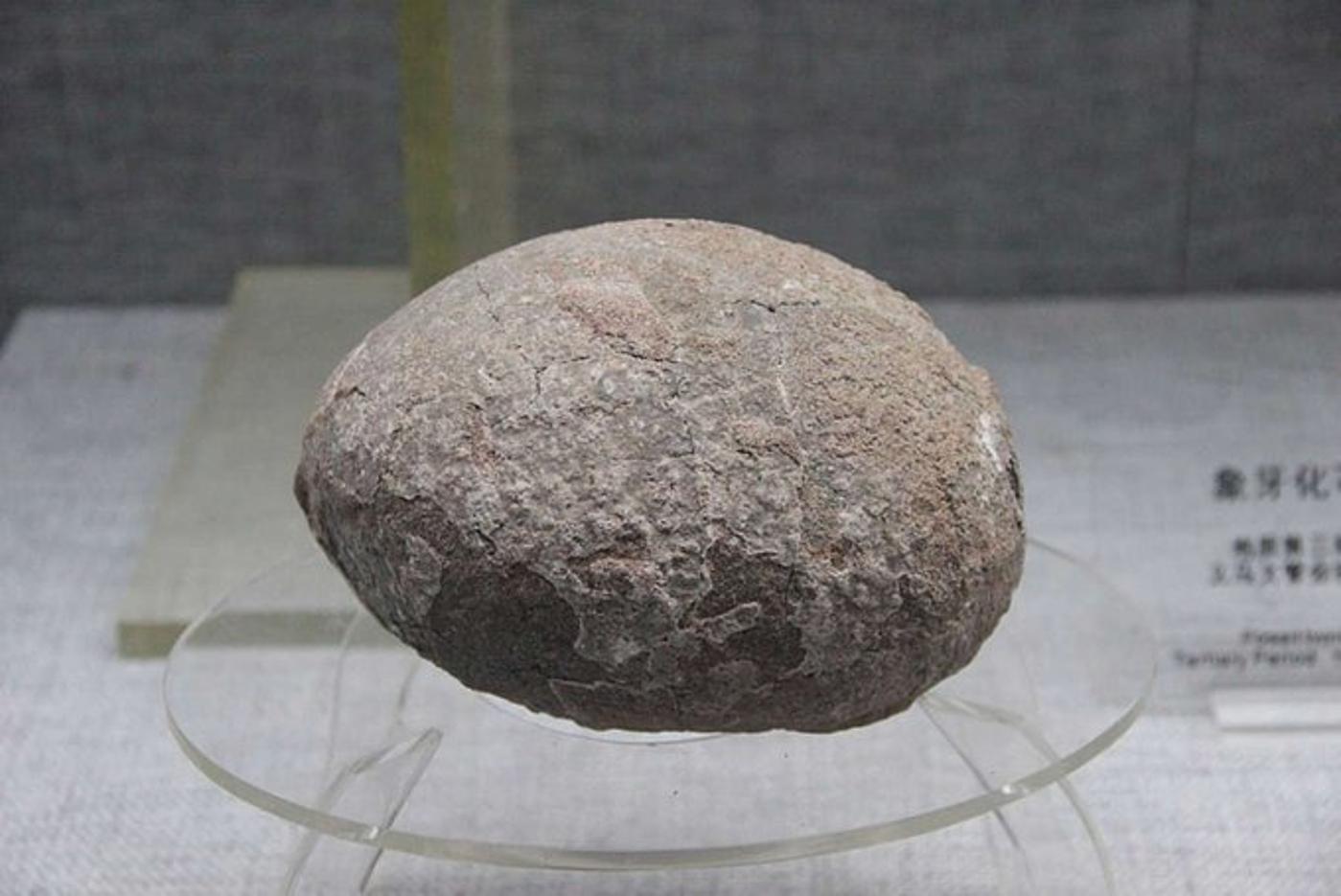
Source: @EarthArchivesHQ/X
While crystallized dinosaur eggs are not entirely unheard of, they are definitely rare. The scientists first determined that the crystals were made of calcite and quartz, then dug even deeper to find out what dinosaur species they came from.
The Eggs Were From an Unknown Species
The paleontologists immediately classified the eggs as a new oospecies, the taxonomic name for dinosaurs that are only known for their eggs.
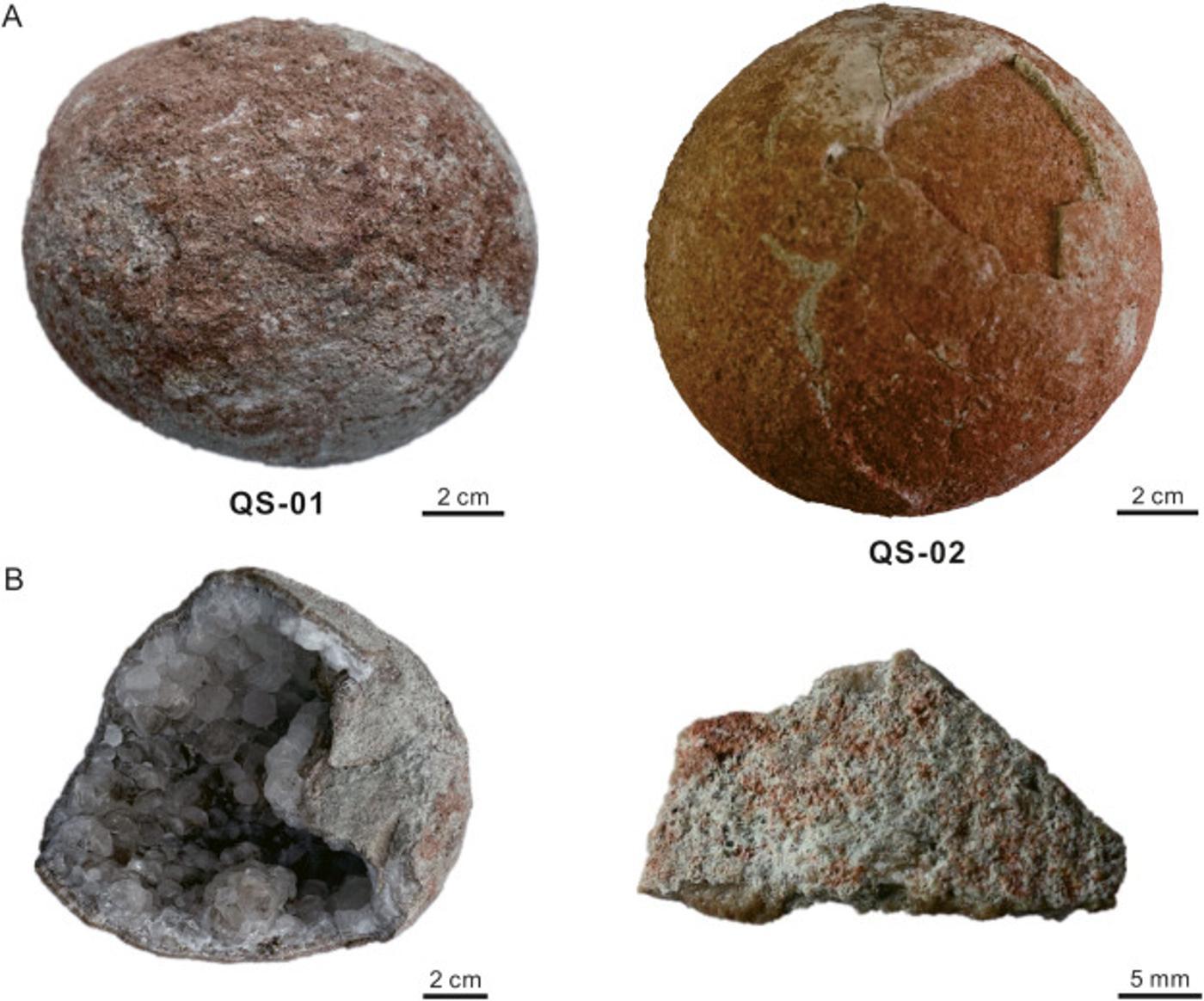
Source: ScienceDirect
Experts don’t have fossils for these species. So, at best, they only know their size and shape during incubation. That is, if embryos are still in the eggs, which is fairly uncommon. In fact, the majority of what paleontologists know about oospecies comes from analyzing the egg shells.
The New Species of Dinosaur
By comparing the two remaining crystallized eggs to the other known oospecies, the Chinese paleontologists have determined that they belonged to a species they had never seen before.

Source: iStock
They reported that the larger size and density of radial microstructures on the eggshell’s inner surface prove that it is an entirely new species, which they have since named Shixingoolithus qianshanensis.
Shixingoolithus Qianshanensis Dinosaurs
According to their research, the Shixingoolithus qianshanensis dinosaur lived during the Cretaceous period and was most likely an ornithopod.

Source: Wikipedia
Ornithopods were a group of dinosaurs with similar characteristics, including just two legs, the ability to run quickly, duck-like bills, and a herbivore diet. Experts believe they were one of the longest-surviving dinosaur groups, living from the late Jurassic Period to the late Cretaceous.
Ornithopods Died During the Mass Extinction 66 Million Years Ago
Although ornithopods were not predators, they survived for millions of years because they were incredibly fast runners. Most were between five and 20 feet long, though some grew up to 30 feet long.
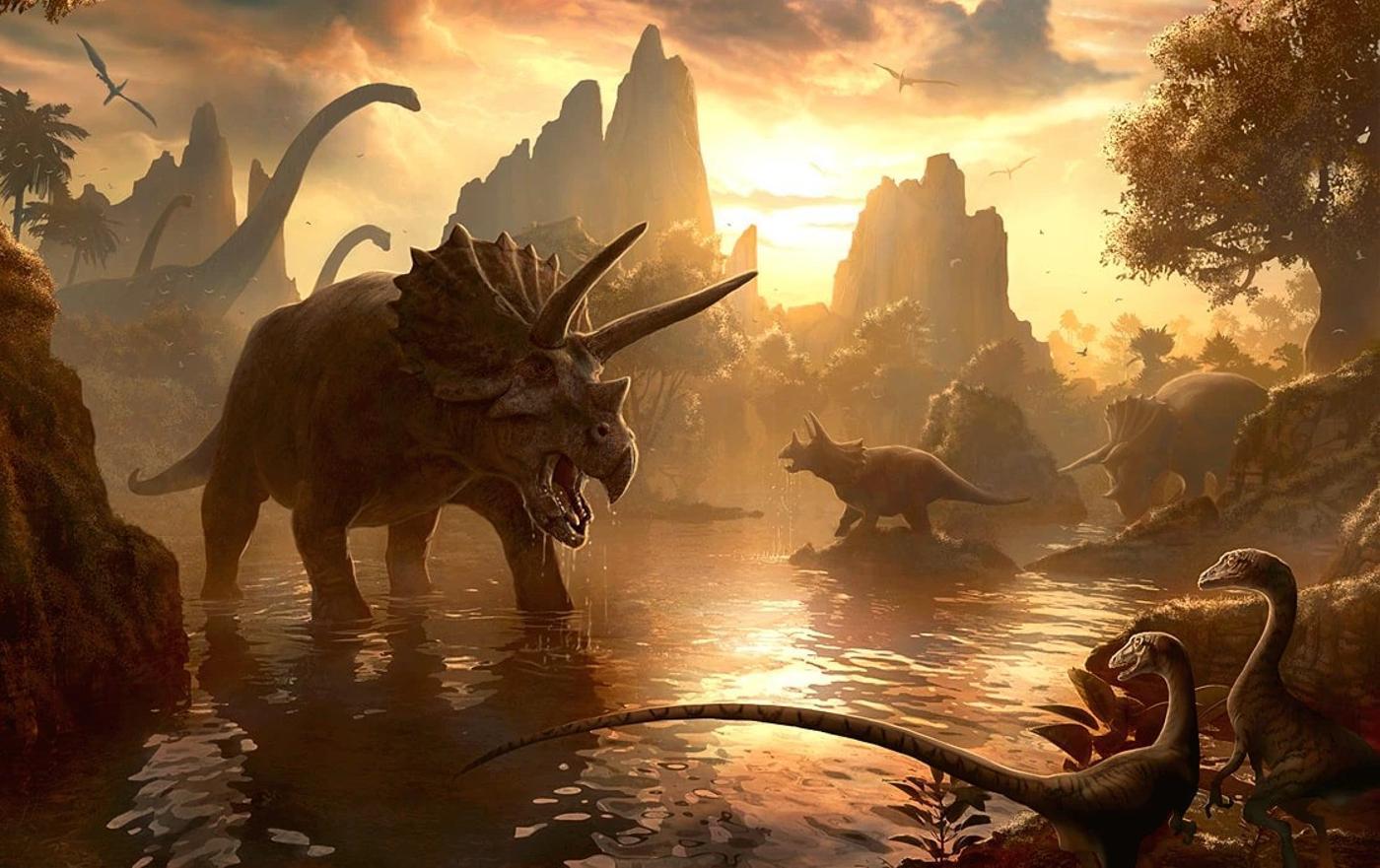
Source: Wikimedia
Paleontologists believe the ornithopods, along with most other non-avian dinosaurs, were wiped out after a massive asteroid hit the Yucatan Peninsula in what is now Mexico some 66 million years ago.
Another Exciting Finding in East China
In addition to the exciting crystallized eggs, researchers also found an incredible and extremely rare fossilized embryo in the nearby province of Jiangxi.
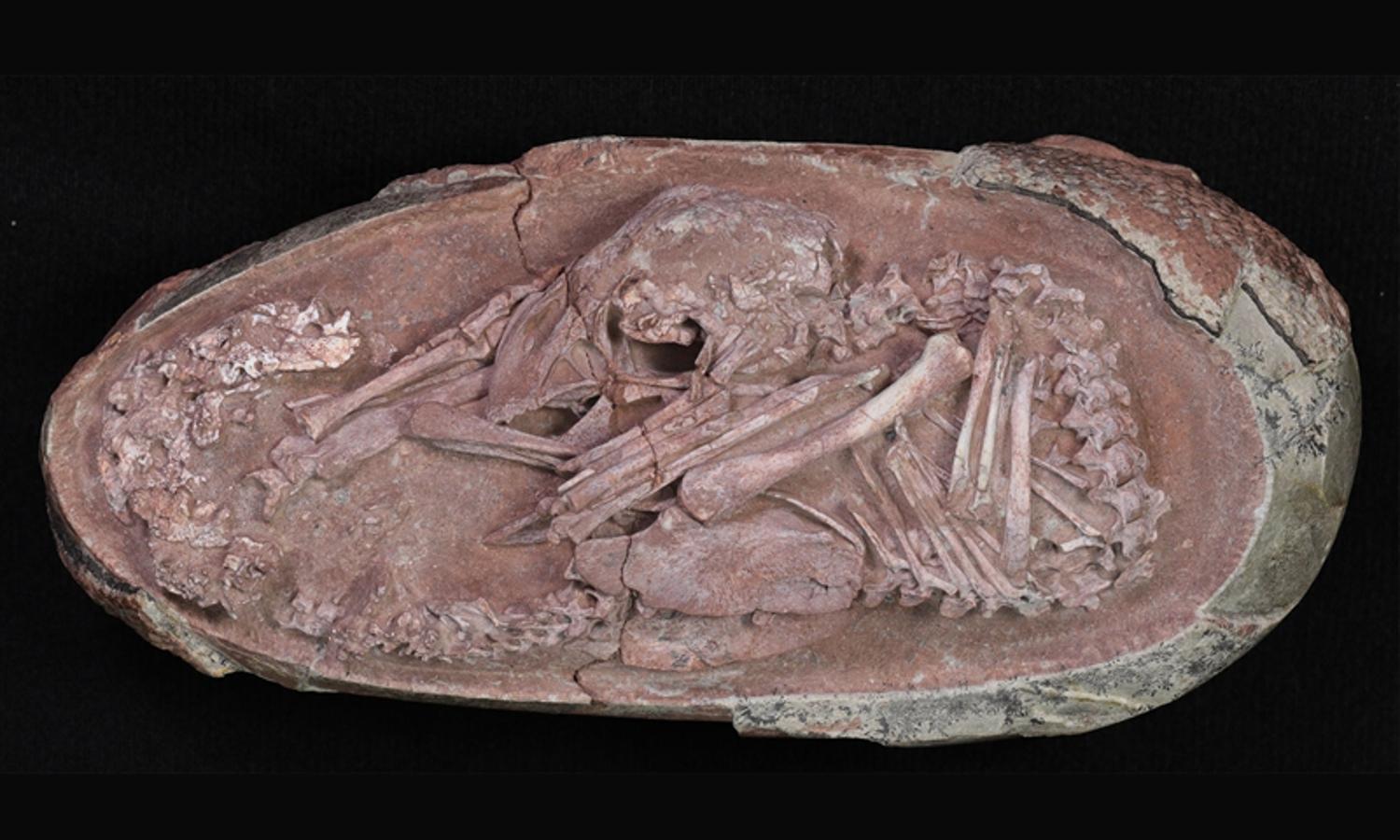
Source: @ABC7/YouTube
Known as “Baby Yang,” the fossil shows an almost fully grown Hadrosaurid dinosaur, which is also in the ornithopod family. Baby Yang is now considered one of the rarest finds on Earth.
Why Are Dinosaur Fossils so Well-Preserved in China?
The crystallized eggs and Baby Yang are just two of many examples of well-preserved dinosaur fossils found in East China. And there is a specific reason why so many amazing fossils have been found in this region.

Source: Shutterstock
Just before the asteroid hit the Yucatan Peninsula around 66 million years ago, several gigantic volcanic eruptions occurred in East China, perfectly preserving the plants and animals living there. The ash and mud sealed the bones in place, preventing extensive decomposition over the past tens of millions of years.
Dinosaur Fossils Can Help Scientists Understand Survival in a Changing Climate
Many people don’t realize that studying dinosaur fossils is not just learning about these wildly interesting species that roamed the Earth for millions of years. It can also help our species today.

Source: Adobe Stock
Many climate scientists and paleontologists agree that understanding dinosaurs’ evolution and eventual extinction may answer several questions about our own evolution and survival, especially as the climate continues to change.
